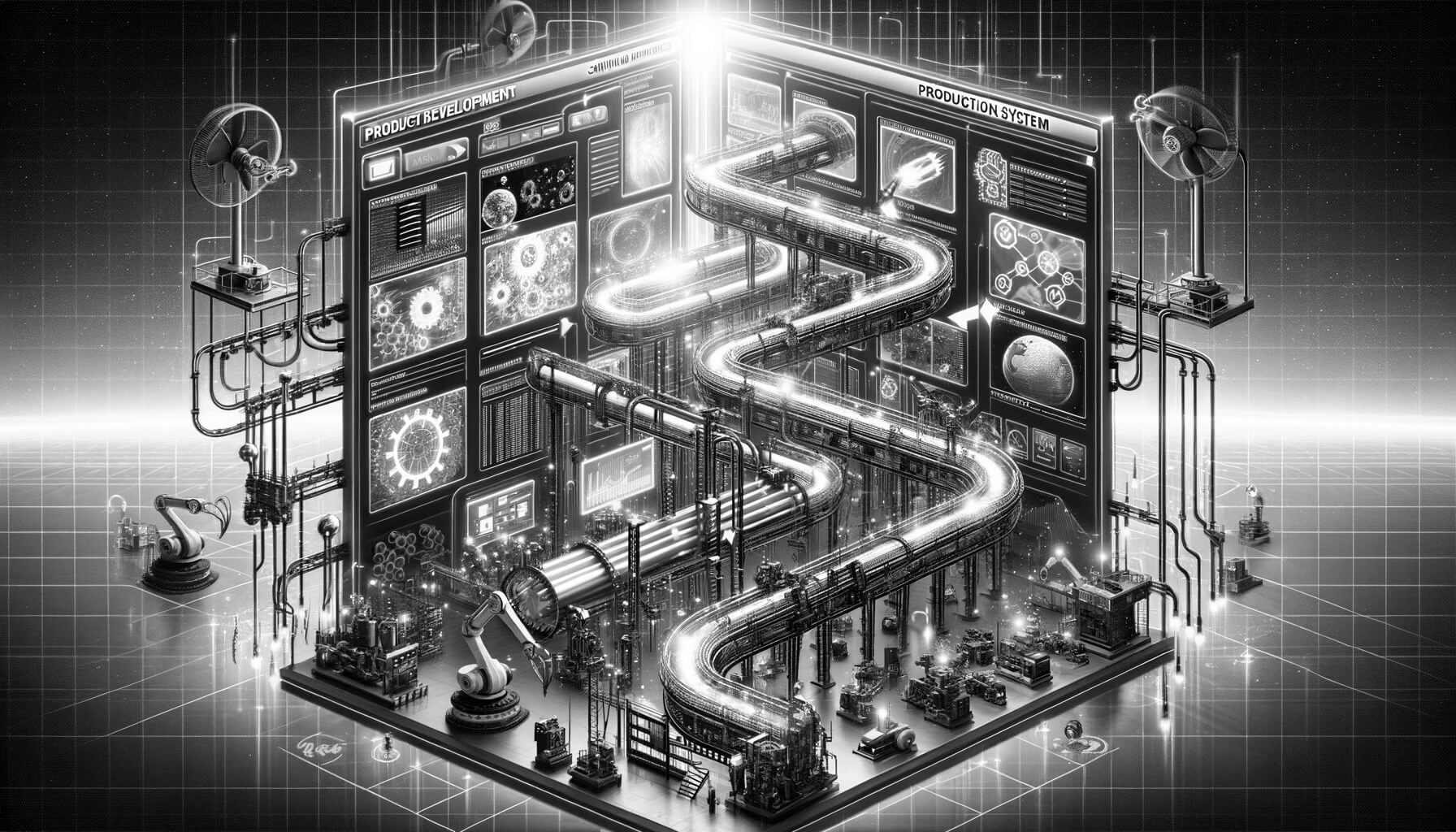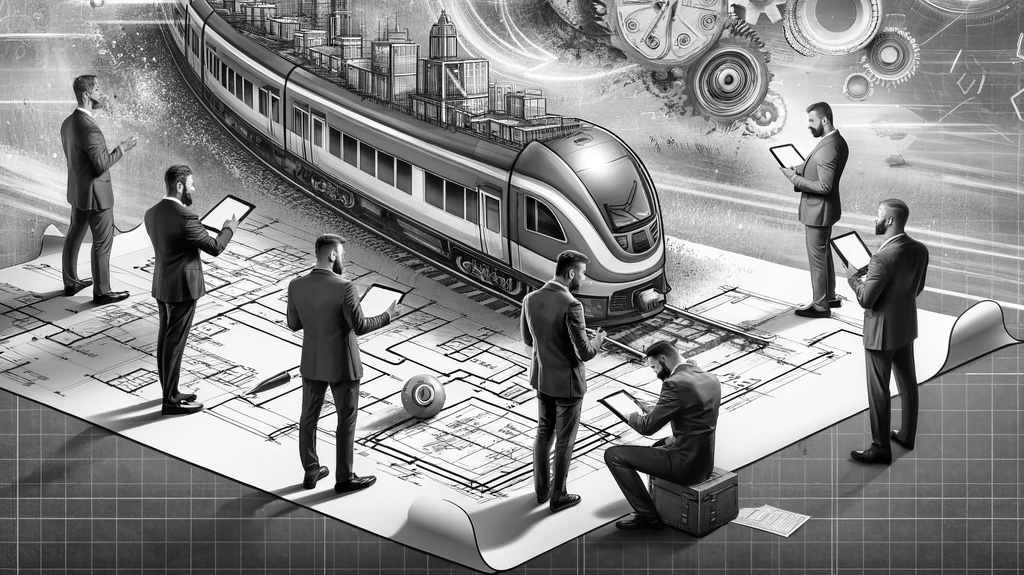What is new in SAFe 5.0? Part 2
Here comes the second blog post in a series of three, about SAFe 5.0. This version was launched as a preview at the SAFe summit in San Diego recently. In this part of the series, we will dive into the new elements of this version that wasn’t described in part 1. In the third and last blog post, which will be published in a few weeks, we will go into a more in-depth analysis of what these changes will mean to the users.
Organize around value, as principle #10
SAFe has with version 5.0, introduced a 10th foundational principle “Organize around value”. This is a concept within SAFe that previously has been implicit. It is a foundational element for the whole Lean-perspective. It becomes much easier to create good flow if we support the organization by making it easy for those who build and those who deliver, to come together in order to plan and deliver together as a team, train and value stream.
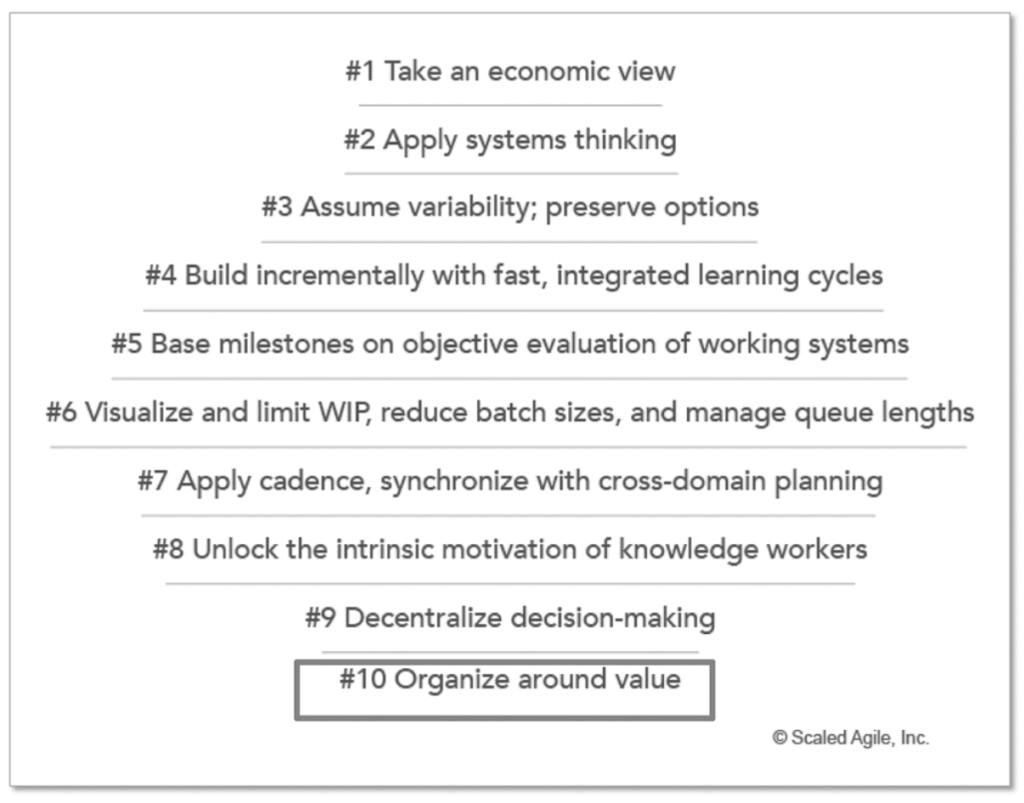
The reason that this is now codified as its own principle in version 5.0, is a wish to make the implicit more much explicit. This is not something “we do if we have to” but rather an assumption that everything else in the framework rests on.
In-depth explanation and model for how leadership works as a key skill for Lean and Agile, on a larger scale
The whole concept “Lean-Agile Leadership” has acquired more nuance and depth in this last version.
- The leader who will embrace Lean and Agile thinking and who works from these principles
- To lead as an example
- A leadership that leads even the change itself
The foundational ideas are roughly the same, but everything received more detail, through the emphasis on Carol Dwecks work with a “Growth Mindset” as a key component. Additionally, it refers to Peter Senges work with systematic thinking from “The Fifth Discipline”. These two references, serve as relevant knowledge sources to draw inspiration from.
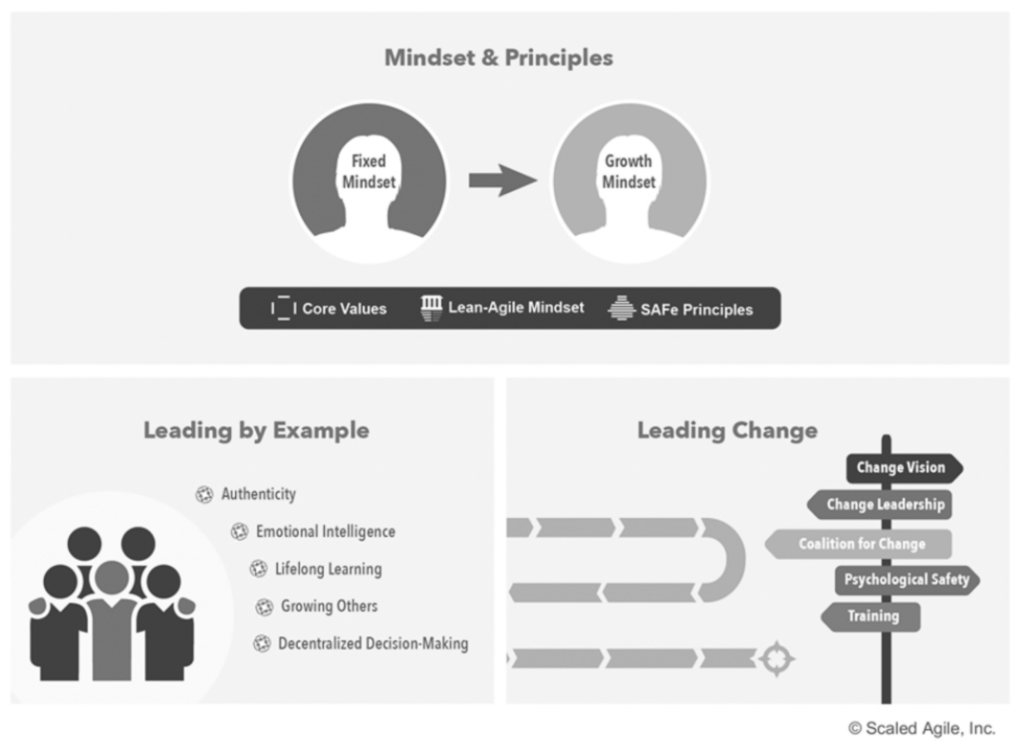
More support to build large cyber-physical solutions with a Lean and Agile approach
“Enterprise solution delivery” is the skill in SAFe that is needed when the solutions we deliver to our customers are very large. Often, these solutions contain multiple Agile Release trains and even software, hardware and intrinsic systems.
The parts that have been expanded are:
1. Coordinate multiple trains and deliveries.
Now, more insights exist about how others have coordinated when several value streams cooperate within the same assignment, for business or technology. This is often connected to very large and complex solutions, where multiple providers have to collaborate.
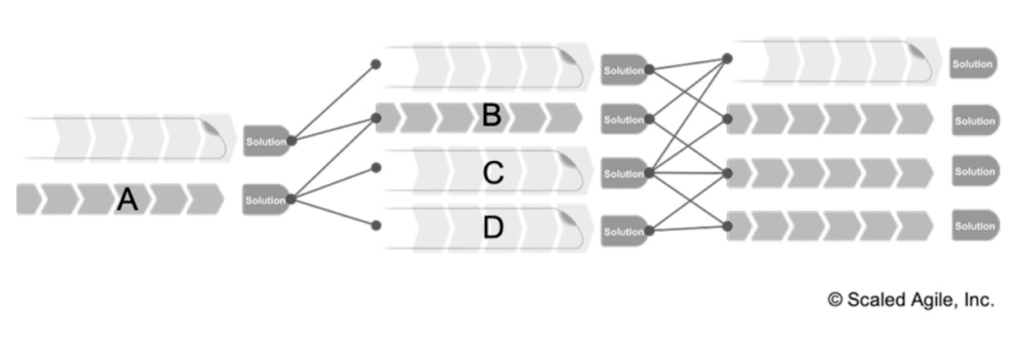
2. Continuous update of larger-scale cyber-physical systems
To a larger extent, many cyber-physical solutions (where software and hardware collaborate) are not just a one-time delivery. Even these are becoming more service-based, where they are updated on a continuous basis, throughout all of their life cycles. An approach that the framework is focused on, even for very large-scale solutions, is to build a pipeline for continuous delivery (Continuous delivery pipeline) and how critical it is in a multi-domain context with big solutions.
Here, we look at the recommendations for what such a pipeline can look like, and what types of techniques that can become important:
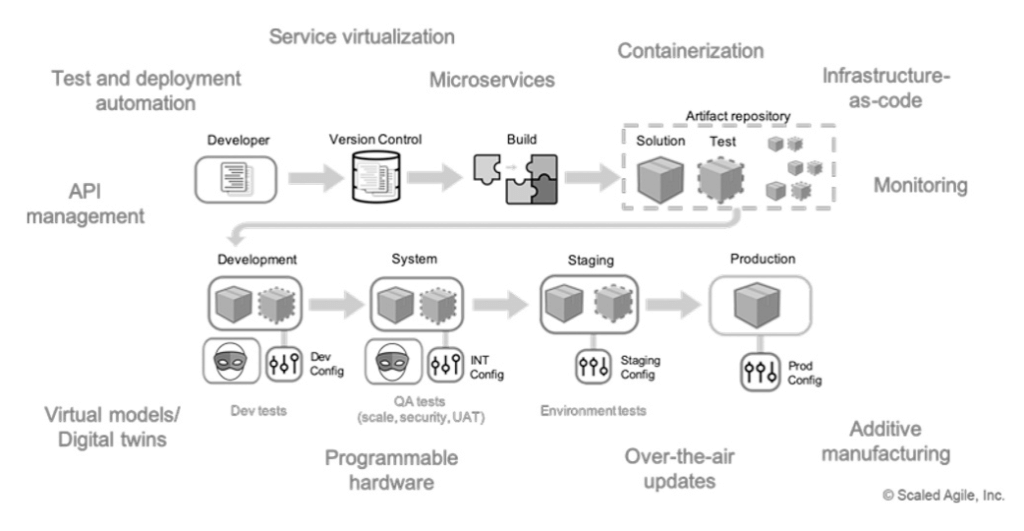
- Digital electronics that can be programmed and reconfigured
- Additive construction
- Infrastructure as code
- Modularized architecture
“Business Agility” now available as an evaluation for organizations
SAFe provides an opportunity for organizations to self-assess “business agility” against multiple skills and perspectives, that combined create the needed Business Agility.
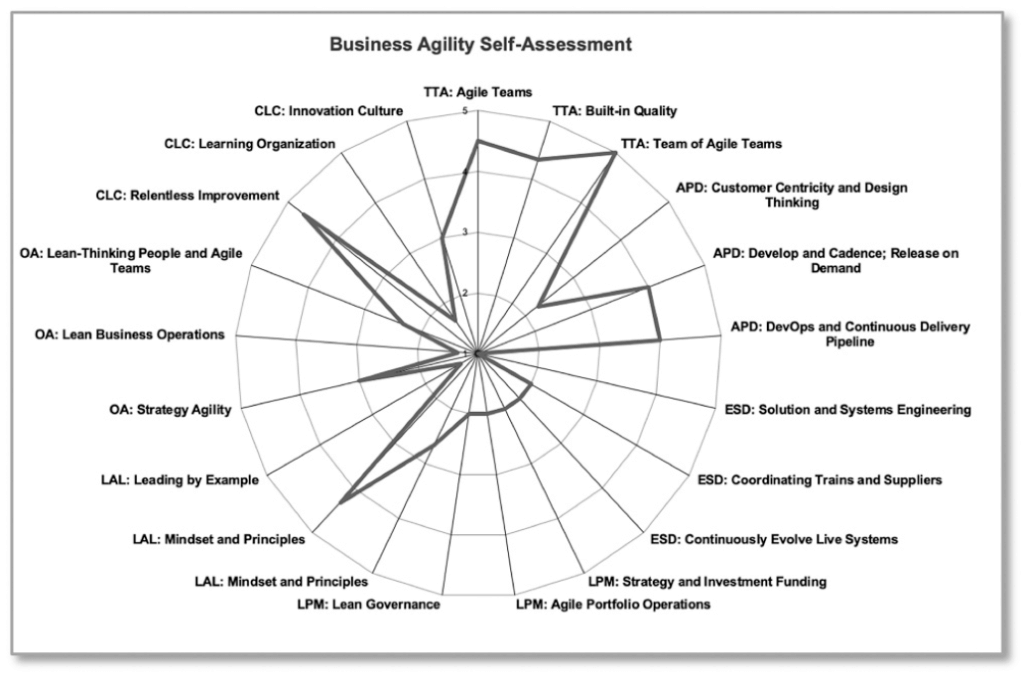
The article regarding that can be found here: “Measure and Grow”
Here is a link to the first blog post abour SAFe 5.0: What is new in SAFe 5.0
/Carl Starendal






